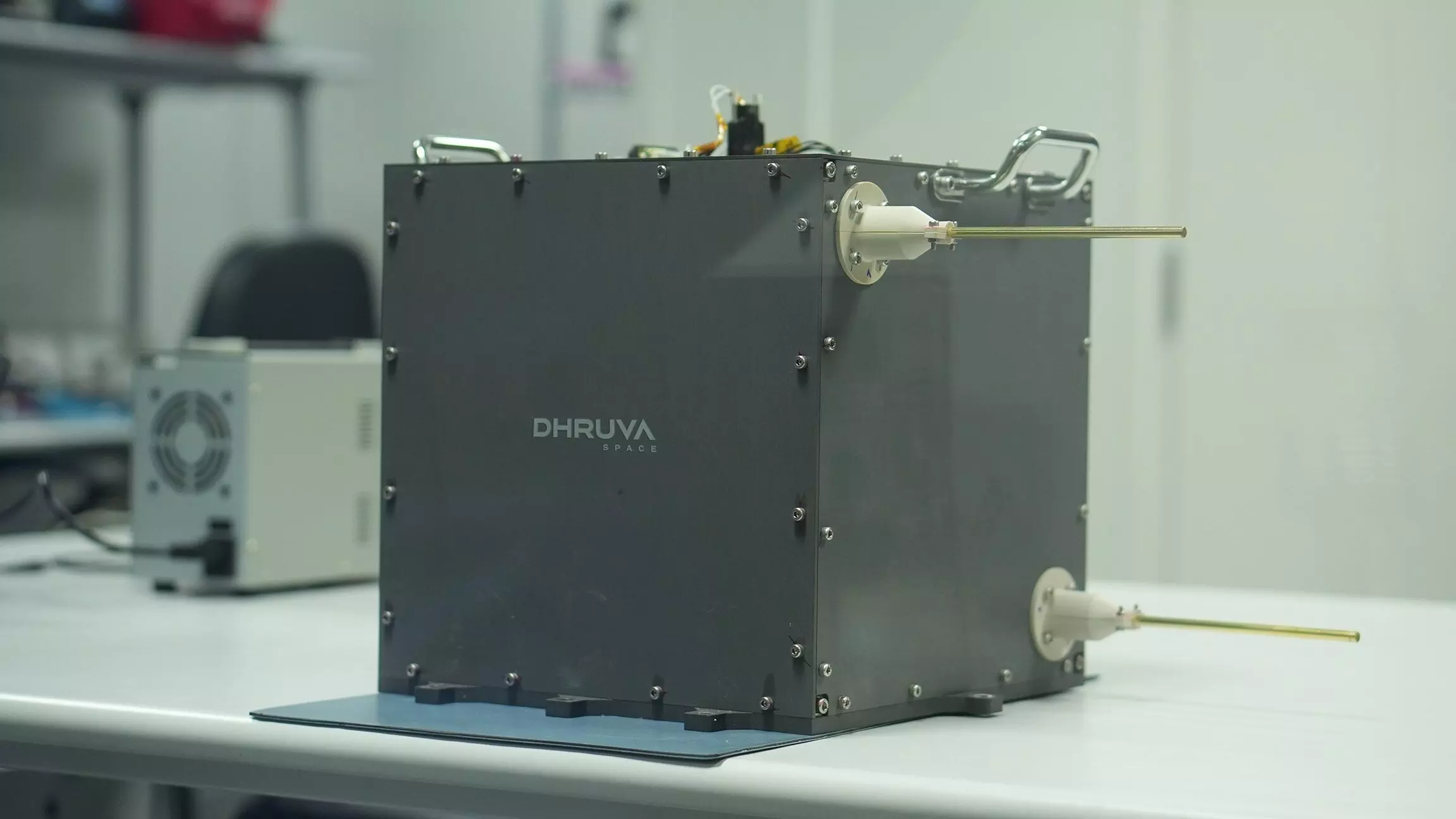Hyderabad-based spacetech company Dhruva Space's nanosatellite launch on January 1
Designed for Low Earth Orbit (LEO) operations, the P-30 platform holds the key to unlocking future satellite missions for the growing spacetech company.

HYDERABAD: City-based spacetech startup Dhruva Space is gearing up for a New Year's launch extravaganza with its LEAP-TD (Launching Expeditions for Aspiring Payloads-Technology Demonstrator) mission, set to lift off on January 1, 2024 aboard ISRO's PSLV-C58 rocket from Sriharikota, Andhra Pradesh.
This mission marks a crucial milestone for Dhruva Space, as it tests the mettle of its flagship P-30 nanosatellite platform and its sub-systems in the harsh environment of space. Designed for Low Earth Orbit (LEO) operations, the P-30 platform holds the key to unlocking future satellite missions for the growing spacetech company.
From on-board computers to ultra-high-frequency (UHF) telemetry and tracking, the mission would rigorously assess the P-30's capabilities, paving the way for reliable nanosatellite technology in the future. Collaborating with the Indian Institute of Space Science & Technology (IIST), Dhruva Space ensures comprehensive testing and data analysis.
Sanjay Nekkanti, founder & CEO of Dhruva Space, is excitement about the upcoming validation, stating, "LEAP marks a significant leap forward in our commitment to delivering cutting-edge space solutions. Beyond P-30 validation, this opens doors to new frontiers in Earth observation, IoT, and more."
Beyond testing, LEAP-TD paves the way for Dhruva Space's transition into full-fledged hosted payload solutions. This means companies and researchers can utilise Dhruva Space's platform to conduct their own experiments and gather valuable data from space, marking a new era of accessibility in space exploration.
Dhruva Space's hosted payload service allows customers to own and operate a portion of the satellite, like sensors or communication transponders, while sharing resources like power and ground systems with the main spacecraft. This flexible approach opens up a world of possibilities for diverse space research and innovation.



